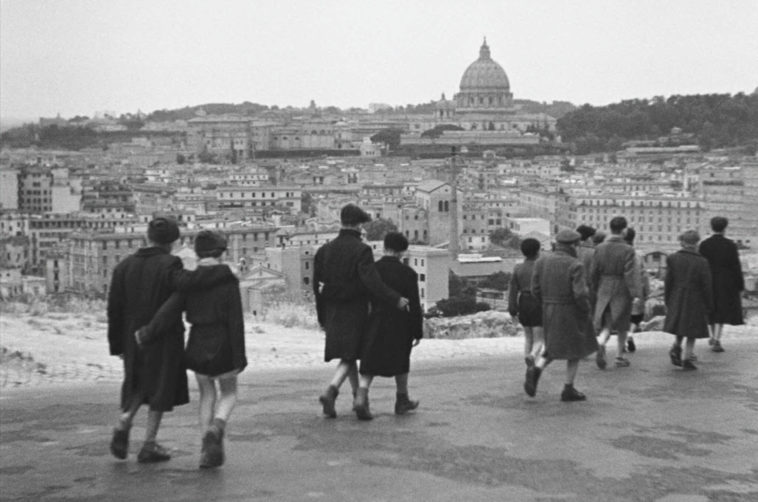Key Takeaways
- Neorealism in art manifests in literature, painting, and cinema, each with distinct characteristics and historical contexts.
- Portuguese neorealism and Italian neorealism in literature focused on Marxist and socialist themes, emerging in response to political climates.
- In painting, British neo-realism aimed to capture the spirit of the era through daily life’s shapes and colors, opposing academic and decorative art trends.
- In cinema, Italian neorealism emphasized authenticity, historical actuality, and social change, favoring on-location shooting and non-professional actors.
Imagine strolling through an art gallery, where the echoes of history and whispers of social change resonate through the canvases and films on display. You’re witnessing the essence of neorealism, a movement that has permeated various art forms, reflecting the raw truths of life. Let me share with you a journey through the realms of neorealism in literature, painting, and cinema, where each stroke and scene speaks volumes about the era it represents.
Literary Echoes of Struggle and Ideology
In the quaint streets of Portugal, neorealism began as a literary whisper against the backdrop of Salazar’s reign, intertwining Marxist ideologies with the fabric of fiction and poetry. Italian neorealism, on the other hand, emerged like a phoenix post-World War II, with authors like Alberto Moravia and Carlo Levi painting narratives with shades of social realism and political engagement. These stories weren’t just tales; they were reflections of a society yearning for change, with each line etching the contours of resistance and hope.
A Palette of Everyday Life
Switching from the pen to the brush, let’s delve into the world of painting where British neo-realism, led by pioneers like Charles Ginner and Harold Gilman, rejected the academic and ornamental to embrace the mundane. Imagine standing in front of a canvas where the ordinary transforms into the extraordinary, capturing the essence of daily life with a vibrancy that speaks of the era’s spirit. Their works, charged with a manifesto of authenticity, broke free from the shackles of traditional art forms to depict the raw, unfiltered essence of their time.
Cinema: A Reel of Realism
In the dimly lit rooms of Italian cinemas, a new kind of film emerged, casting shadows of truth and authenticity. Italian neorealism, a term almost synonymous with the cinematic revolution, brought to the screen an unadulterated portrayal of life, with directors like Roberto Rossellini and Vittorio De Sica steering the narrative wheel. These films were not just stories; they were lived experiences, with every frame etched with the realism of post-war Italy. The use of non-professional actors and on-location shooting added layers of authenticity, making the ordinary lives of people resonate with audiences worldwide.
Through these lenses, neorealism in art is not just a movement; it’s a reflection of societal currents, an echo of the collective consciousness of its time. It’s about finding the extraordinary in the ordinary, the political in the personal, and the universal in the local.
Frequently Asked Questions
1. What defines neorealism in art?
Neorealism is defined by its focus on everyday life, social issues, and authenticity, rejecting idealized portrayals and embracing a more realistic and sometimes gritty perspective.
2. How did neorealism in literature differ between Portugal and Italy?
Portuguese neorealism was primarily Marxist, reflecting the political climate before Salazar’s regime, while Italian neorealism, emerging after World War II, focused on social realism and the struggles of ordinary people.
3. What were the main themes of neorealist painting?
Neorealist painting focused on capturing the essence of the era through the shapes and colors of daily life, emphasizing authenticity and a rejection of academic and decorative styles.
4. Why is Italian neorealism significant in cinema?
Italian neorealism was significant for its portrayal of truth and naturalness, capturing the historical and social reality of post-war Italy, and influencing global cinema with its innovative techniques.
5. How did neorealism impact the art world?
Neorealism brought a new level of realism to art, influencing various forms and genres, challenging traditional aesthetics, and paving the way for more authentic and socially conscious art movements.





